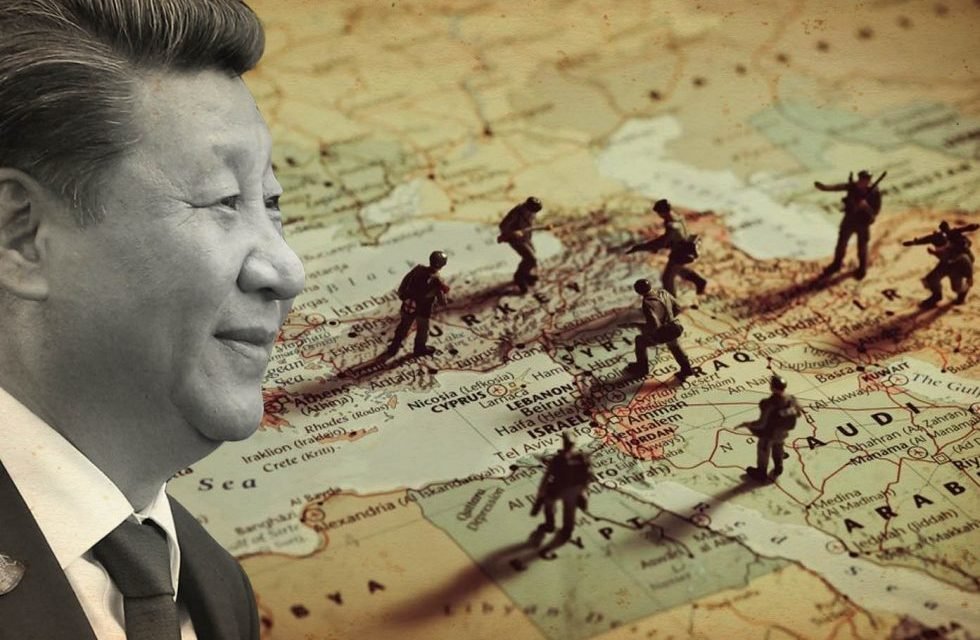China has a single-party political system that is authoritative. The Communist Party of China, often known as the Chinese Communist Party, rules the country. China has been primarily a communist country since 1949. The Communist Party is the world’s largest political party, with over 89 million members. It completely controls all aspects of China’s political system. A debate is heating up regarding China’s rise. A common concern these days is that would it be feasible for China to develop without revamping its political system. Among the world’s major countries and political parties, the Communist Party of China, notably, values political order stability. Prior to 1949, China faced long-term political unrest and many wars as a result of foreign intrusion, making it impossible to build its economy and enhance living standards, leaving Chinese people with lasting horrendous images. In fact, China’s 1.4 billion-strong population makes maintaining a stable political system more difficult. The Chinese Communist Party (CCP) is the sole party of China with the authority and the task to build and maintain order under the one-party rule regime. China’s political system is somehow stable. CCP is contemporary China’s dominant and established political party. The CCP has retained political dominance, guiding the country’s rapid economic growth and ascension to global power status. China in recent years has influenced the regional neighbors and also challenged the neo-liberal world order. CCP has a grave part in the modernization of the country.
In terms of China’s rise, it has been peaceful in recent years. Xi Jinping has concentrated authority in ways not seen since Mao Zedong. Any political action under the present CCP General Secretary and President of China includes patriotic education in addition to the tight political direction that has always been the realm of the party. Xi’s reform plan covers both the political and administrative systems, as well as China’s social model as it inculcated the authority over its party. The party’s constitution is dominated across the country rather than China’s constitution itself. Furthermore, China has prioritized the maintenance of the government under Xi Jinping, and the Communist Party’s dominance over economic expansion has grown increasingly dictatorial. Recently, the CCP has been more daring in its efforts to impose authoritarian solutions to problems affecting an expanding number of countries, and it is fast co-opting officials and elites who are all too prepared to reject democratic procedures to further their own interests. Furthermore, the COVID-19 epidemic has revealed structural deficiencies in service delivery – health care and economic support and raised governments’ urgency to accept Chinese investment and other assistance to meet the demands.
However, its carrot and stick policy approach and non-intervention policy make China distinct and are the reason behind its peaceful rise. Moreover, China’s model is quite different from the Western model. West views of China are based on two aspects. First, the ideology that has shaped China is somehow turned into Western ideals. The second aspect predicts China’s demise if it is unable to absorb Western characteristics. However, in practice, China adopted a mixed economy (a few good things taken from capitalism) but it does not get dictated by the major powers. The specific flexibility in the political system distinguishes China from the Soviet’s and other countries’ communist policies and it is observed in its peaceful rise. Secondly, it maintains its position while not wholly incorporating Western principles. Its authoritative policy has been adopted by many during the pandemic including the US as well. China is fostering peace both within and beyond by challenging the established order with the assertion of an authoritarian state.
Looking across the world, it’s reassuring to see China emerge as a peaceful and secure nation. In sharp contrast, turbulence and violence have become the norm in many nations throughout the world. Furthermore, contrary to Western assumptions, keeping a stable sociopolitical order has proven difficult. Despite the fact that Donald Trump was elected US president, the election system and a number of post-election initiatives are aggravating tensions and divisions in American society. Similarly, the arrival of refugees in France, the Netherlands, and other countries has affected the rise of right-wing populists in Western Europe. The “Yellow Vest” movement and large-scale rioting have also caused problems in other nations. China’s political culture enabled her to rise peacefully and identify herself without reforming its political system and incorporating Western views.
In conclusion, China’s political structure embarked on a series of ambitious plans to modernize its backward agrarian economy, including the establishment of a modern navy and industrial system. The motivation behind modern China is China’s ideology which is ingrained in the leaders of the party and its political reforms and its authoritative system. The CCP is seen as the vanguard of the Chinese working class, the true champion of the interests of Chinese people of all ethnic groups, and the core of Chinese socialist leadership. It directs the political education and development of the working class. China “made historic achievements and experienced a historic transition” to become a “modern” state rooted in Chinese history, values, culture, and politics. Moreover, three Sino-centralist narratives are being evaluated which include China’s desire for global governance reform to reflect China’s values and interests. Another is China’s Belt and Road Initiative and the third is the China model and the cultivation of self-image in emerging countries. Thus its compliance would lead to a peaceful rise without making enormous substitutes.
